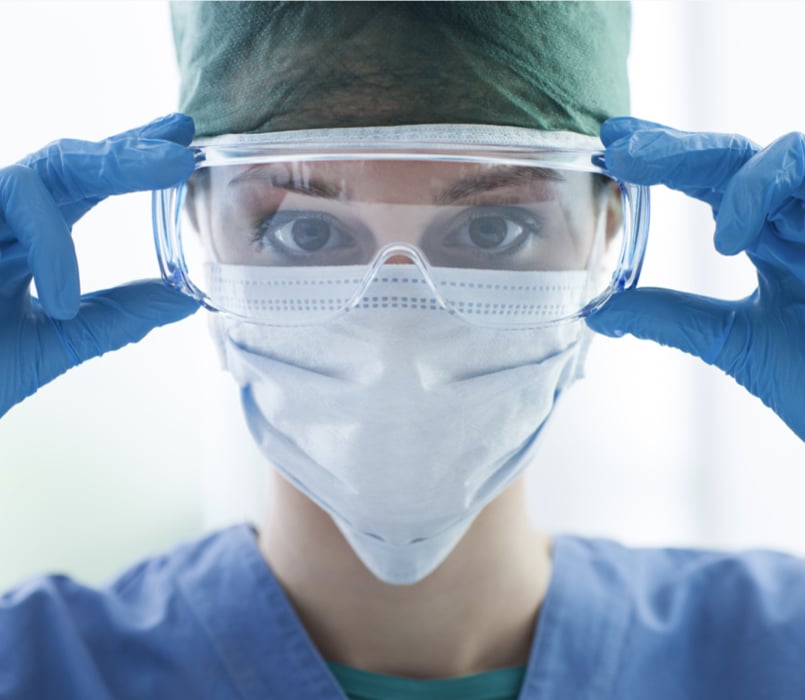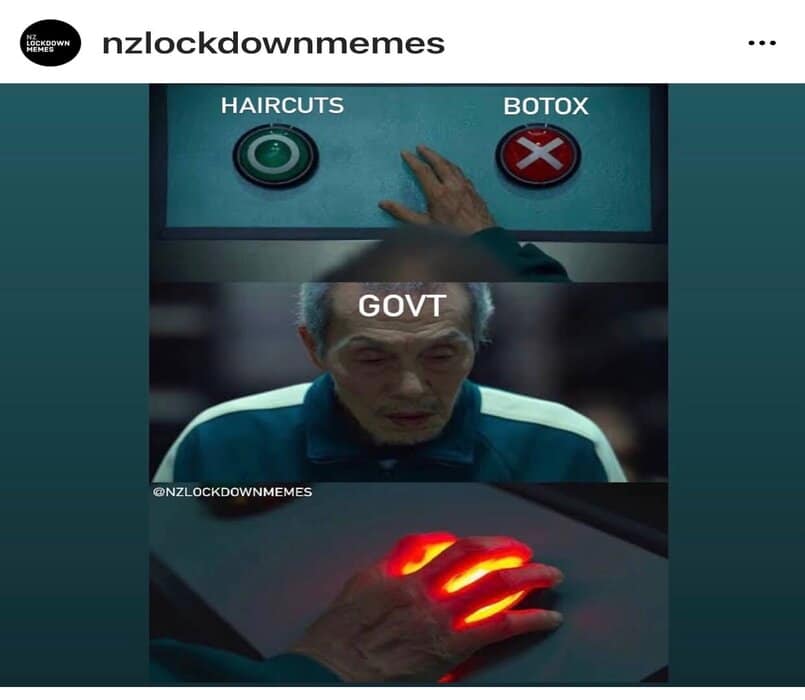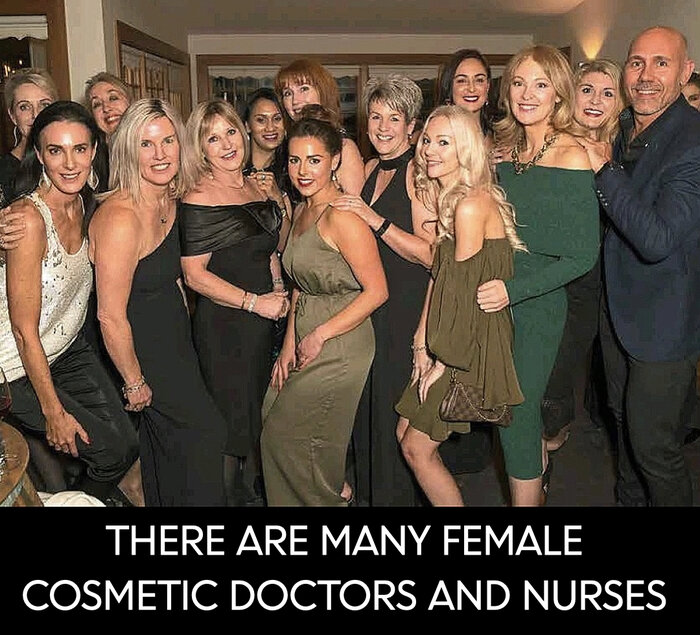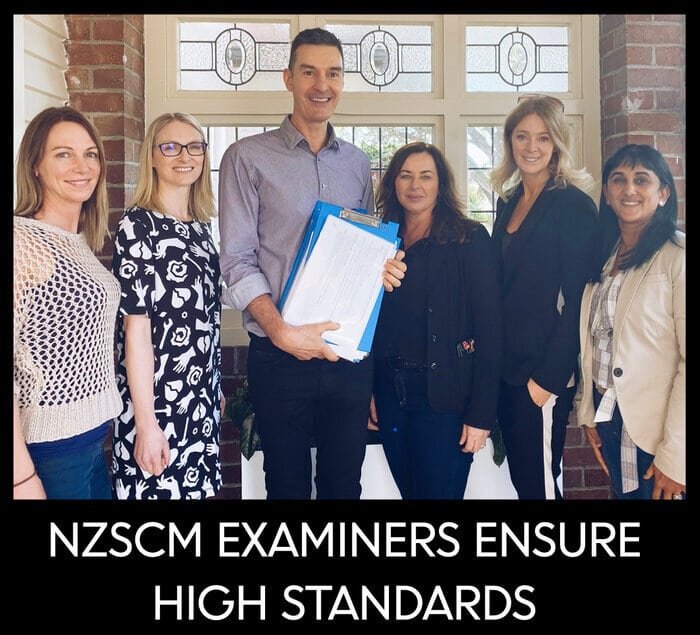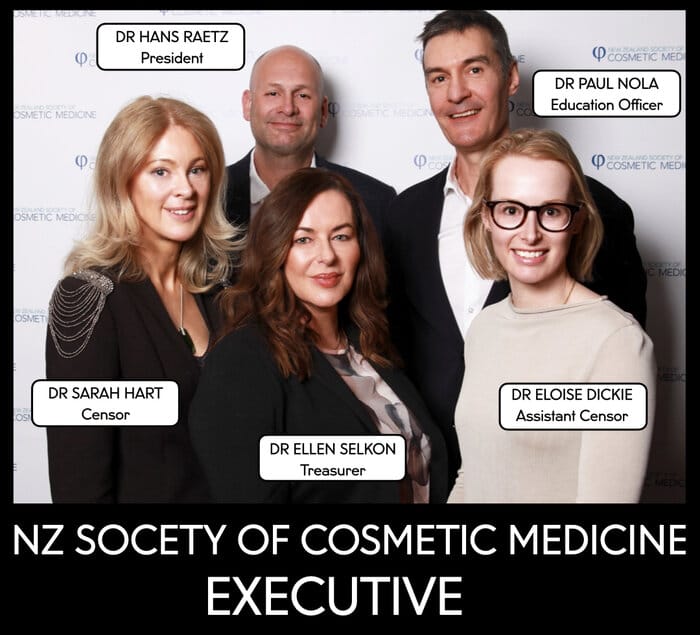Why cosmetic Botox got approved before haircuts
“TV1 called. They want a filmed interview”
The message arrives during a busy morning seeing patients. I’ve just returned to work, am wearing scrubs, and had no time to apply make-up after wrangling the kids.
Safe to say, I’m not TV ready.
I panic-call my lovely husband to plead for urgent delivery of my make-up bag.
I’m in luck! He has the day off work. “Shit, we can’t have you looking like a pog on TV.” he says. I’ll drop it off.” Now there’s a man who has my back.
I’ve been leading a team to get approval for New Zealand’s cosmetic doctors to return to work, and whilst I expected some media interest, I’m surprised by the attention. This is the third media outlet asking to discuss the resumption of cosmetic Botox services.
A liberal application of war paint and half a can of grey-root cover spray later, I’m ready for my Zoom interview with a masked TV1 reporter.
“So, why can we get cosmetic Botox treatments, but haircuts still aren’t allowed?” she questions.
Um…because we’re doctors? Not hairdressers?
I don’t know about you, but I wouldn’t let my doctor anywhere near my hair with scissors, and I don’t expect my hairdresser to complete 6 years at medical school, an exhausting stint as a hospital doctor, and endless hours studying the immune system.
My next request is for a radio interview with Radio NZ. Phew. Much less stressful, and no make-up required.
I’m not a radio listener and have no time to research the interviewer between patients, so I jump unknowingly into speaking to Lisa Owen on Checkpoint.
Less stressful?
Yeah right!
Lisa really grills me. She accuses us of not having the approval to return to work – we do, from both Ministry of Health and Worksafe, but she doesn’t believe me until I show her the emails. Again, I’m asked to explain the difference between visiting a doctor and going to the hairdresser.
Where do these people head for hair colour? Their GP?
Debriefing afterwards, my fearless businesswoman buddy enlightens me. “Checkpoint? Terrifying!” she messages. “Lisa is a hard a**” confirms my corporate high-flyer girlfriend, complete with asterisks. Ohhh, that explains it. I should’ve done my research.
I reflect later that it’s interesting that cosmetic surgery, performed by (mainly male) plastic surgeons has resumed long prior to our cosmetic medical treatments, but remains completely unchallenged by media.
As a close contact health service for cosmetic purposes, cosmetic surgery is in the same “non-essential” category as Botox injections but carries a higher risk of Covid transmission than Botox, as it has a longer contact time and requires removal of the patient’s mask.
But have I seen the media asking male plastic surgeons, as fellow doctors, to justify how they are different from hairdressers?
Nope. Only the area dominated by female doctors and female nurses has received such outrage and scrutiny. Could unconscious misogyny be fuelling this criticism? I truly hope not.
Women’s employment has been disproportionately hit by lockdown, as the pandemic takes more jobs from women than men.
So, the news that predominantly female health professionals are returning to work safely and getting off wage subsidies should be applauded. Many of these women are the family breadwinner. Furthermore, we might be able to help out the hairdressers, another female dominated profession, by sharing how we did it.
So why did the Ministry of Health and Worksafe determine that yes, cosmetic doctors can return to delivering cosmetic Botox?
It wasn’t Jacinda, Ashley, or even Judith Collins’ eyebrows who drove this. The New Zealand Society of Cosmetic Medicine, which trains and regulates cosmetic doctors, was responsible. I’m the NZSCM censor. We created a Covid Safe Plan that went beyond what the Ministry of Health needed to be safe, and we took it to the right authorities.
Why did they approve it? Let me explain.
Because we have recognised qualifications.
The New Zealand Society of Cosmetic Medicine is the Medical Council recognised body for cosmetic doctors. Our doctors have a minimum of ten years of training prior to completing the 2-year Diploma of Cometic Medicine. Most of our members are double qualified in other areas of medicine in addition to cosmetics, with primary care physicians, ophthalmologists, an anaesthetist, and an emergency medicine specialist making up our numbers. If it’s education you’re looking for, we’re all over it.
Because we wrote really cautious guidelines.
When the government’s strategy changed from elimination to suppression, we knew Covid was here to stay. We needed a plan. I spoke to a colleague in Sydney, where Covid cases were higher. She was working under highly protective guidelines written by an army doctor. Would she share them? She got permission and sent me their incredibly comprehensive document.
After rewriting it to suit New Zealand regulations, I pulled together a subcommittee of NZSCM doctors. These experts had been delivering healthcare on the delta frontline from a variety of DHBs around New Zealand. After countless Zooms and emails, the final NZSCM Covid Safe Plan was decided. We agreed that we would set the mask requirements higher than was required for hospital doctors, even though we would only see screened, double-vaccinated patients. We proposed that double-vaccinated doctors wearing fitted N95 respirators could treat masked, double-vaccinated patients for less than 15 minutes. We wanted to be super safe to give an extremely low risk of transmission.
Because we can access medical grade PPE
As doctors, we use certified medical grade PPE. We don’t deplete public supplies, as we source our PPE from a different company than DHBs.
Because we got our masks fit-tested.
Wearing a normal surgical mask gives 67% protection, but a “fit-tested” N95 respirator provides 96% protection1. Fit testing uses special equipment to check no air escapes between the mask and your face. It’s not easy to access. There’s a backlog in the public system so we had to find independent certified providers to do this for us. The Ministry of Health was particularly impressed that we achieved this.
Because we’re trained in infection control
As doctors, we have extensive training in infection control. It’s our bread and butter. Our nurse colleagues share this expertise. We know how to stop a virus in its tracks.
Because we can critically evaluate the medical literature
There are now good data to guide which precautions are valuable and which are less useful. As doctors, we can translate scientific jargon and make sense of this crucial information, choosing the right protective measures to keep our patients safe.
Because NZSCM requires monitored high standards
NZSCM doctors are subject to extra regulations and safety checks to maintain their membership. NZSCM has standards for infection control, emergency equipment, clinical note-taking and more. Hours of ongoing education, peer review and audits are required to maintain membership.
Because we work from accredited clinics
NZSCM doctors’ clinics must comply with the NZS 8165:2005 Rooms/Office-based Surgery and Procedures standards. Our members’ premises are visited every three years for comprehensive recertification.
Because we got approval from the regulators.
First, we sent our Covid Safe Plan to The Royal New Zealand College of General Practitioners who indicated their support, then the Ministry of Health approved it, and lastly, Worksafe concluded they had no concerns about our re-opening.
Safety has been our number one priority for resuming treatment. Our guidelines stipulate protective measures above and beyond Ministry of Health requirements, and our members are well trained, qualified, accredited doctors.
Securing approval took sheer, dogged determination. It wasn’t easy finding the right person to talk to and there were many hurdles. But we got there, and we’re thrilled to be able to treat our patients safely again.
Cosmetic Botox might seem trivial, but in my experience, it has a powerful ability to make people feel better about themselves, and people are telling me they really need that right now. There’s actually research to show Botox in the frown area can significantly improve mood. It’s hardly the only non-essential service available. We can purchase alcohol, get our dogs groomed, get takeaways, and do many other “nice-to-have” but non-essential things. Like Botox, these “nice-to-haves” keep small businesses and the economy going.
My heart aches for hairdressers. I completely sympathise with their frustration. I’m just as keen for their return, both for my own selfish purposes (my greys 😱) and for their economic survival. But it must be safe because Covid is here, in our communities, and it’s not going away.
I suggest that hairdressers will need to change how they deliver their services if they want to return now, just as we have. I’m imagining a masked, double-vaccinated hairdresser applying colour to a masked, double-vaccinated client for less than 15 minutes. Clients could wash the colour off at home or come pre-washed for a 15-minute cut with no blow dry. It wouldn’t work for all clients, but at least it would be something.
The authorities don’t have the resources to create safety protocols for each industry. They’re slammed with vaccinating an entire country and caring for the infected. It’s up to us to drive it, to help us get back to work safely.
Any hairdresser wanting advice on safety precautions or PPE, please contact me. I would dearly love to help you get to where we have. Just promise you’ll save your first colour appointment for me when you open.
- Chu DK, Akl EA, Duda S, Solo K, Yaacoub S, Schünemann HJ. Physical distancing, face masks, and eye protection to prevent person-to-person transmission of SARS-CoV-2 and COVID-19: a systematic review and meta-analysis. Lancet. 2020;395(10242):1973-87.


